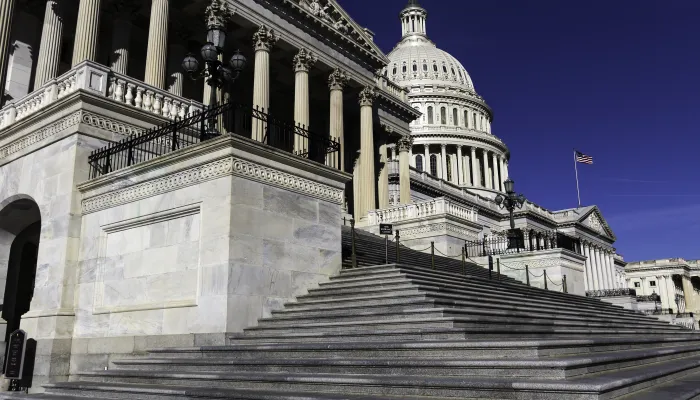Large Share of U.S. Debt Will Have to Be Refinanced
According to the Government Accountability Office (GAO), roughly $5.1 trillion in publicly traded U.S. Treasury bonds – or around 78 percent of our debt – will mature by 2015. Much of this debt was first purchased over an 18 week period last fall in order to address the financial and economic crisis. Because of the weak global economy, interest rates on these bonds tended to be low. However, according to a recent GAO report, refinancing them may require offering significantly higher rates.
The GAO report cited two strategies to contain the costs of financing U.S. debt: increase the average maturity of debt and diversify funding sources (the government is already expected to do this, somewhat, by offering 30-year inflation adjusted bonds).
CRFB would like to offer a third suggestion – stop borrowing so much! Although high deficits are often inevitable and are, in fact, beneficial during an economic crisis, they cannot continue to grow indefinitely. Once the economy recovers, we should begin making serious inroads toward reducing annual deficits. If we enact policies to ensure our debt begins to grow at a slower rate than the economy (or even if we were to announce a credible plan to do so), confidence in our debt instruments would go up, putting downward pressure on interest rates.
Failure to get our debt under control, though, could jeopardize our AAA ratings (according to one Moody’s analyst, that rating is stable but “not guaranteed”). A downgrade of that rating could mean significantly higher interest rates, greatly increasing the cost of borrowing to both taxpayers and consumers as higher interest rates would make all borrowing more costly.

